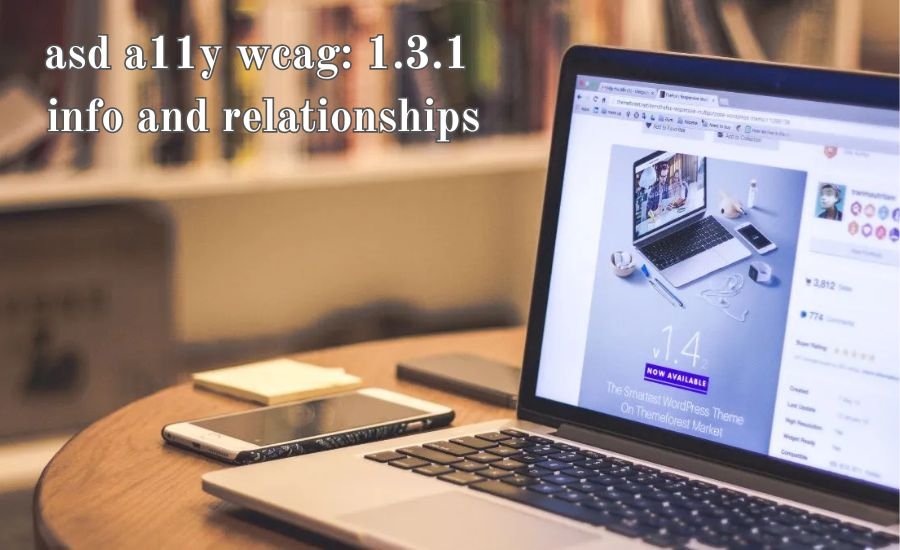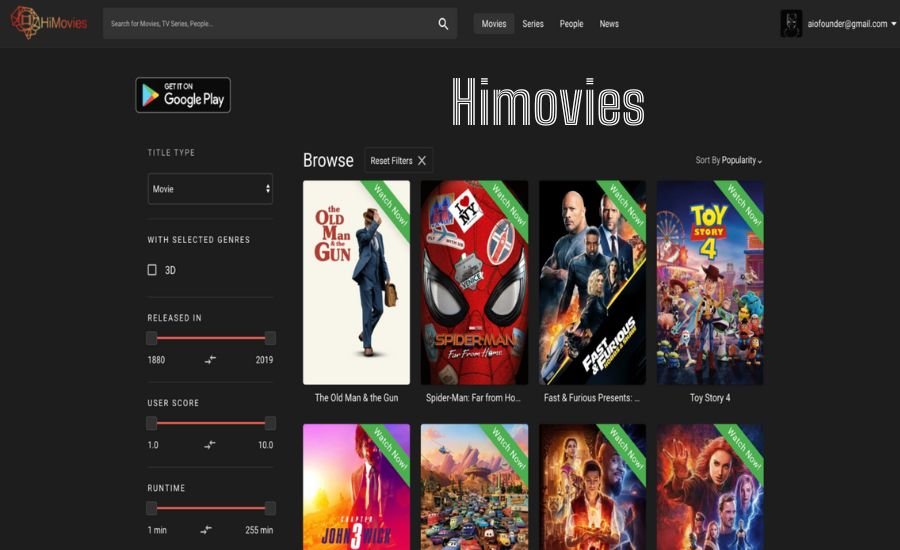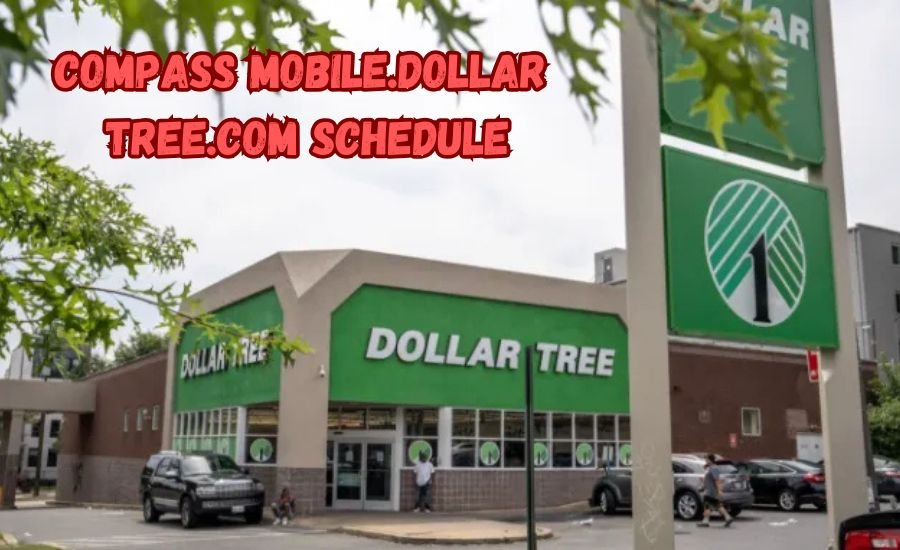asd a11y wcag: 1.3.1 info and relationships helps websites work better for everyone, including people with disabilities. It makes sure the way things on a page connect, like headings and form labels, are clear and easy to understand. This helps tools like screen readers explain the website to people who can’t see or use a mouse.
When websites follow asd a11y wcag: 1.3.1 info and relationships, everyone can enjoy using them easily. For example, a page with the right headings and labeled form fields lets users quickly find what they need. This guide explains how you can make your website better and follow these rules step-by-step.
What is asd a11y wcag: 1.3.1 Info and Relationships?
asd a11y wcag: 1.3.1 info and relationships is part of web accessibility guidelines. It ensures that online content is easy to understand, especially for people who rely on tools like screen readers. This rule makes sure every piece of information is correctly linked and labeled, so users don’t get confused.
This guideline helps in creating organized websites. For example, headings must appear in the right order, and forms should have clear labels. Following asd a11y wcag: 1.3.1 info and relationships ensures that websites are inclusive for all users. It also makes navigation smoother for everyone.
Why Following asd a11y wcag: 1.3.1 is Important for Everyone
When websites follow asd a11y wcag: 1.3.1 info and relationships, it benefits all visitors, including those with disabilities. It ensures that information is clear and well-connected. This helps users understand a website even without seeing the screen.
Additionally, following these rules boosts a website’s usability. Organized headings and well-labeled sections make it easier for everyone to find what they need. With asd a11y wcag: 1.3.1 info and relationships, your site becomes friendly and functional for all.
How asd a11y wcag: 1.3.1 Helps People with Disabilities
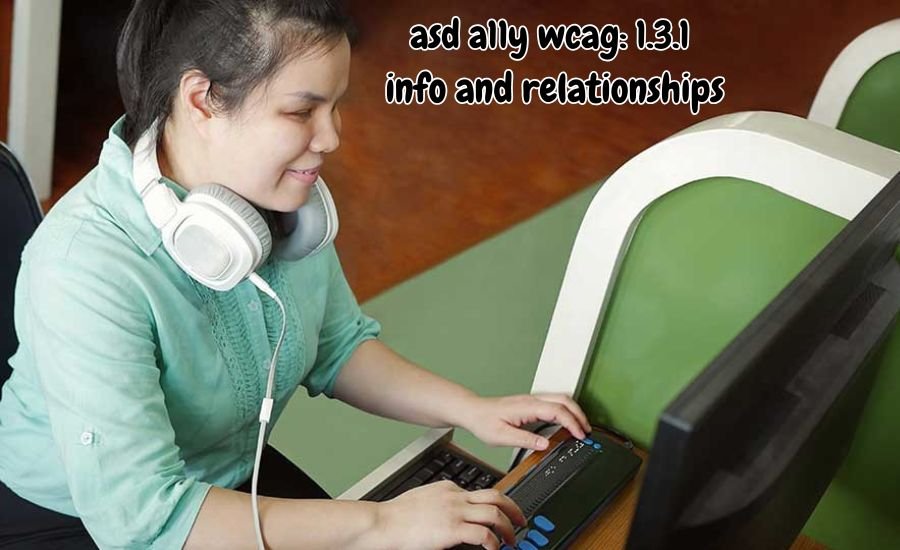
People with disabilities often rely on assistive tools like screen readers to browse the web. asd a11y wcag: 1.3.1 info and relationships ensures that content is structured properly, making it easier for these tools to describe the page. Users can easily access forms, menus, and other information with the right labels in place.
This guideline ensures equal access for everyone. Following asd a11y wcag: 1.3.1 info and relationships makes your site more inclusive, welcoming people of all abilities to use it smoothly.
Simple Ways to Use Headings and Labels with asd a11y wcag: 1.3.1
Using headings and labels properly is important for meeting asd a11y wcag: 1.3.1 info and relationships guidelines. Make sure headings are arranged in order, such as H1 for the main title and H2 or H3 for smaller sections. This structure makes it easy to follow the content.
Labels are also crucial. For forms, give each field a clear label that tells users what to enter. By following asd a11y wcag: 1.3.1 info and relationships, websites become easier to navigate and more accessible to everyone.
Tips to Improve Forms Using asd a11y wcag: 1.3.1
Improving forms for accessibility is crucial to ensure all users can interact with them effectively. Here are five tips based on the Web Content Accessibility Guidelines (WCAG) 1.3.1, which focuses on providing meaningful information and context to assistive technologies:
- Use Clear Labels: Each form field should have a clear and descriptive label. This helps users, especially those using screen readers, understand the purpose of each field. For example, instead of just “Name,” use “Full Name” to clarify the information required.
- Group Related Fields: Use fieldset and legend elements to group related form fields. This provides a clear structure and context for users, helping them navigate complex forms more easily. For example, when asking for a mailing address, group fields like “Street,” “City,” and “Zip Code” together.
- Provide Error Identification: If a user makes an error while filling out a form, provide clear and concise error messages that indicate what went wrong and how to correct it. Make sure these messages are programmatically associated with the relevant fields.
- Use Instructions: Include instructions or examples where necessary to guide users on how to fill out the form. For instance, you could provide a placeholder text like “e.g., (555) 123-4567” in a phone number field to show the expected format.
- Test with Real Users: Involve users with disabilities in your testing process. Their feedback can highlight areas that need improvement and ensure your forms are genuinely accessible. Consider using tools and screen readers to evaluate how well the forms perform.
By implementing these tips, you can create more accessible and user-friendly forms for everyone.
How to Organize Content with asd a11y wcag: 1.3.1 Guidelines
Organizing content properly is a key part of asd a11y wcag: 1.3.1 info and relationships. Use headings to separate different sections and maintain a logical order. Each section should focus on a specific idea, making it easier for users to follow along.
In addition to headings, use lists and tables carefully. With asd a11y wcag: 1.3.1 info and relationships, your website’s structure will feel smoother and more enjoyable for everyone, including users with disabilities.
The Role of Screen Readers in asd a11y wcag: 1.3.1 Compliance
Screen readers read out the text on a page for people who can’t see. asd a11y wcag: 1.3.1 info and relationships makes sure that content is structured well, so screen readers can describe it correctly. This means headings, labels, and tables are read in the right order.
When you follow asd a11y wcag: 1.3.1 info and relationships, screen readers can help users navigate your site easily. Proper structure ensures the message is clear, even if someone is not looking at the screen.
Common Mistakes to Avoid for asd a11y wcag: 1.3.1 Compliance

Some websites miss important steps in following asd a11y wcag: 1.3.1 info and relationships. One common mistake is skipping headings or using them in the wrong order. This makes it hard for users and assistive tools to understand the content.
Another mistake is forgetting to label form fields. Always use clear and simple labels for every section. These small changes help meet asd a11y wcag: 1.3.1 info and relationships and improve the user experience for everyone.
Tools You Can Use to Test asd a11y wcag: 1.3.1 Compliance
Many tools are available to check if your site follows asd a11y wcag: 1.3.1 info and relationships guidelines. Some of the popular ones include WAVE, Axe, and Lighthouse. These tools help you identify any missing headings or unlabeled sections quickly.
Using these tools ensures that your site stays accessible for everyone. They highlight areas where asd a11y wcag: 1.3.1 info and relationships may need fixing. By running regular checks, you can make small improvements and ensure your site meets all standards.
The SEO Benefits of asd a11y wcag: 1.3.1 Guidelines
Following asd a11y wcag: 1.3.1 info and relationships not only helps users but also boosts your SEO. Google values websites that are easy to navigate and accessible. Proper headings and labels improve page structure, which helps search engines understand your content better.
With well-organized sections and accessible forms, your site becomes more user-friendly. This leads to lower bounce rates and better rankings. By meeting the requirements of asd a11y wcag: 1.3.1 info and relationships, you improve both user experience and search visibility.
Why ARIA Landmarks are Important for asd a11y wcag: 1.3.1
ARIA landmarks play a crucial role in following asd a11y wcag: 1.3.1 info and relationships. These landmarks help assistive tools, like screen readers, identify the main sections of your site. Common landmarks include “header,” “footer,” and “main content.”
When used correctly, ARIA landmarks ensure that users know where they are on a page. This improves navigation and aligns with asd a11y wcag: 1.3.1 info and relationships. Having these landmarks makes websites easier to use for all visitors, including people with disabilities.
How to Fix Heading Issues for Better asd a11y wcag: 1.3.1 Compliance
Incorrect headings can hurt your site’s compliance with asd a11y wcag: 1.3.1 info and relationships. Make sure to use headings in order, such as H1 for the main title, followed by H2 or H3 for smaller sections. Avoid skipping levels, like jumping from H1 to H3.
Fixing heading issues ensures that content flows logically. It also makes navigation smoother for users and screen readers. Following these rules helps meet the asd a11y wcag: 1.3.1 info and relationships guidelines and keeps your site easy to understand.
Real-Life Examples of Good asd a11y wcag: 1.3.1 Practices
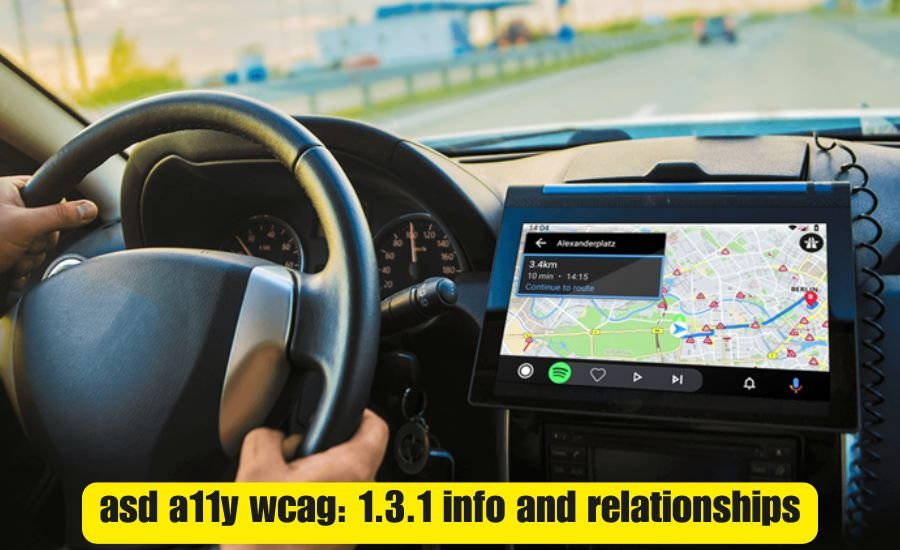
Many websites follow asd a11y wcag: 1.3.1 info and relationships successfully. For example, government websites often use clear headings and labels, ensuring everyone can access important information. Online shopping sites also provide well-labeled forms for a better user experience.
These real-life examples show how following guidelines helps users of all abilities. When websites use asd a11y wcag: 1.3.1 info and relationships correctly, they make navigation easier and more inclusive. This creates a positive experience for everyone visiting the site.
Legal Reasons to Follow asd a11y wcag: 1.3.1 Guidelines
Following asd a11y wcag: 1.3.1 info and relationships is not just good practice—it’s often required by law. In many countries, websites must meet accessibility standards to avoid legal issues. Businesses that fail to comply may face lawsuits or fines.
Making your site accessible ensures that you meet legal obligations and protect your business. With proper use of headings, labels, and ARIA landmarks, your website can follow asd a11y wcag: 1.3.1 info and relationships and stay legally safe.
How asd a11y wcag: 1.3.1 Makes the Web a Better Place for All
Websites that follow asd a11y wcag: 1.3.1 info and relationships create a better online experience for everyone. Accessibility guidelines ensure that people with disabilities can use websites comfortably. Clear headings, labels, and ARIA landmarks help users understand content easily.
When websites prioritize accessibility, they become more inclusive and user-friendly. Meeting the requirements of asd a11y wcag: 1.3.1 info and relationships ensures that no one is left out. This makes the web a welcoming space for people of all abilities.
Conclusion
Following the asd a11y wcag: 1.3.1 info and relationships guidelines helps make websites easy for everyone to use. When websites have clear headings, good labels, and proper structure, visitors can find what they need quickly. This also helps people with disabilities enjoy the web just like anyone else. Using these rules makes the internet more friendly and open for all.
It’s also smart to follow asd a11y wcag: 1.3.1 info and relationships for legal and SEO reasons. Accessible sites often rank higher in search engines and avoid legal trouble. By following these rules, you create a site that is easy to use, safe, and good for business. Everyone benefits when the web is easy to access and understand!
Get More Information: Discover-the-importance-of-group-id-1192616946
FAQs
Q: What is asd a11y wcag: 1.3.1 info and relationships?
A: It is a web accessibility rule that ensures the structure of content is meaningful, so users, including those with disabilities, can easily understand and navigate the page.
Q: Why is asd a11y wcag: 1.3.1 important?
A: It helps make websites more accessible by organizing information properly, improving usability for everyone, including people with disabilities.
Q: How can I check if my website follows asd a11y wcag: 1.3.1 guidelines?
A: You can use tools like WAVE, Axe, or Lighthouse to test if your website meets these accessibility rules.
Q: What happens if I don’t follow asd a11y wcag: 1.3.1 guidelines?
A: Ignoring these rules can lead to legal issues and poor user experience, which can hurt your website’s traffic and reputation.
Q: What are ARIA landmarks in asd a11y wcag: 1.3.1?
A: ARIA landmarks are tags that help assistive technologies understand the structure of a webpage, making navigation easier.
Q: Can asd a11y wcag: 1.3.1 improve SEO?
A: Yes, accessible websites are often favored by search engines, leading to better rankings and more visitors.
Q: What are some examples of following asd a11y wcag: 1.3.1?
A: Properly labeled buttons, clear headings, and correct use of lists are good examples of following these rules.
Q: Are there legal requirements to follow asd a11y wcag: 1.3.1?
A: In many countries, accessibility laws require websites to meet these guidelines to ensure equal access for all users.
